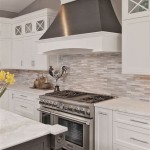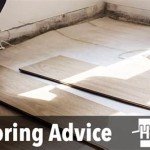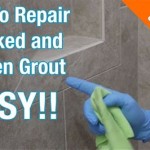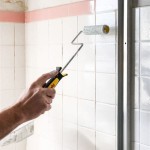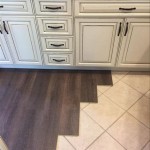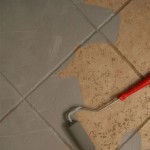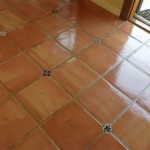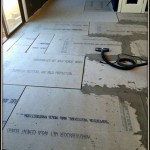Essential Aspects of Tile Backer Board: The Ultimate Guide
When embarking on a tile installation project, selecting the right backer board is crucial for ensuring a durable and long-lasting surface. Tile backer boards provide a stable and waterproof base for tiles, preventing cracks and ensuring proper adhesion. Understanding the essential aspects of tile backer boards will empower you to make informed decisions for your project.
Types of Tile Backer Boards
1. Cement Backer Board:Made from Portland cement, sand, and water, cement backer boards are highly durable, waterproof, and fire-resistant. They are suitable for both interior and exterior applications and can be used with various tile types. However, they can be heavy and require specific tools for cutting and installing.
2. Gypsum Backer Board:Composed of gypsum plaster and cellulose fibers, gypsum backer boards are lightweight and easy to cut and install. They are moisture-resistant but not waterproof, making them best suited for dry indoor areas. Gypsum backer boards are economical and readily available.
3. Schluter-Kerdi Board:Schluter-Kerdi board is a waterproof and lightweight composite board consisting of a foam core and a bonded waterproof membrane. It is highly versatile, can be used in both wet and dry areas, and features a built-in waterproofing barrier, eliminating the need for additional waterproofing.
Factors to Consider When Choosing a Tile Backer Board
1. Application:Consider the location and intended use of the tiles. Moisture-prone areas require waterproof backer boards, while dry areas can opt for moisture-resistant boards.
2. Tile Type:Some tile types, such as porcelain or stone, require a more rigid backer board to prevent cracking. Cement backer boards or Schluter-Kerdi board are suitable options.
3. Weight:Heavy backer boards, like cement, may require additional support or reinforcement in the subfloor. Gypsum backer boards are lighter, making them easier to handle and install.
4. Cost:The cost of backer boards varies depending on the type and size. Determine the budget and choose a backer board that meets your financial constraints.
Proper Installation of Tile Backer Board
1. Substrate Preparation:Ensure the subfloor is level, clean, and dry before installing the backer board. Remove any debris or uneven surfaces that could affect adhesion.
2. Layout and Cutting:Plan the layout of the backer boards, ensuring they are securely fastened to the subfloor. Cut the boards to size with the appropriate tools.
3. Thin-Set Mortar:Apply a thin layer of thin-set mortar to the subfloor or directly to the backer board, depending on the manufacturer's instructions. Embed the backer board firmly into the mortar.
4. Screw or Nail Fastening:Use galvanized screws or hot-dipped galvanized nails to secure the backer board to the subfloor. Follow the spacing and placement recommendations provided by the manufacturer.
5. Overlapping and Seaming:Overlap the edges of the backer boards by a minimum of 2 inches and stagger the joints. Seal the seams with thin-set mortar or a suitable sealant.
Conclusion:Choosing and installing the right tile backer board is essential for the success of your tile installation. By understanding the different types, factors to consider, and proper installation techniques, you can ensure a durable and waterproof base that will support your tiles for years to come. Remember to refer to manufacturer's instructions and consult a qualified professional if needed.

Tile Backer Board Benefits Uses Insulation

6mm No More Ply Tile Backer Board

Tile Backerboard Material Options Fine Homebuilding

Tile Backer Board Rgc

Lightweight Magnesium Oxide Boards For Use Under Tiles To Provide A Firm And Even Surface Complies With The Requirements Of En1246

Tile Backer Board Breakdown Which One Is Best For Showers Diytileguy

Tile Backer Board By The Sq M Square Metre Packs Floor Or Wall Hard Insulation Cement 1200mm X 600mm

Cement Backer Board For Shower A Pro Busts All The Myths

12mm No More Ply Tile Backer Boards

Benefits Of Tile Backer Boards In A Wetroom Ccl Wetrooms
Related Posts

